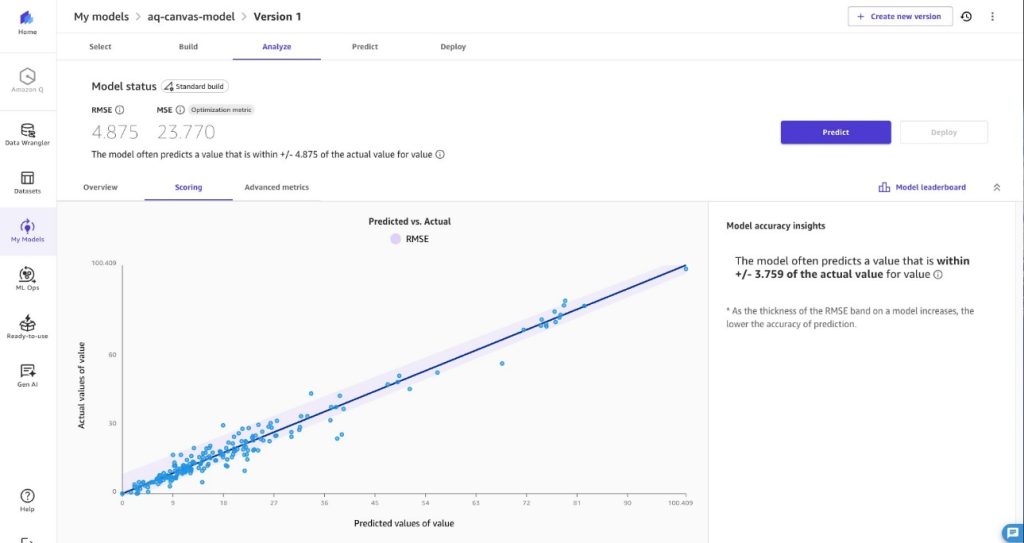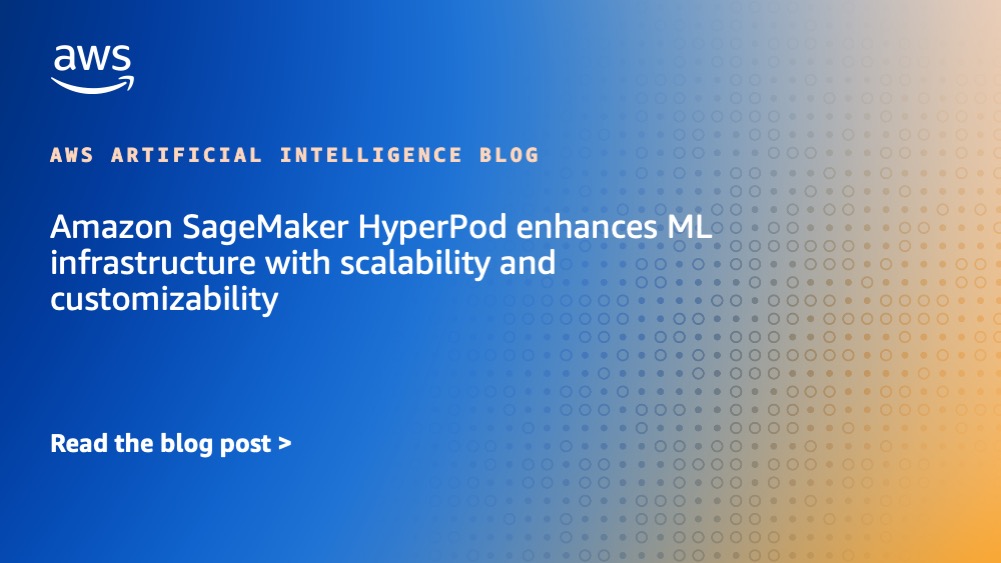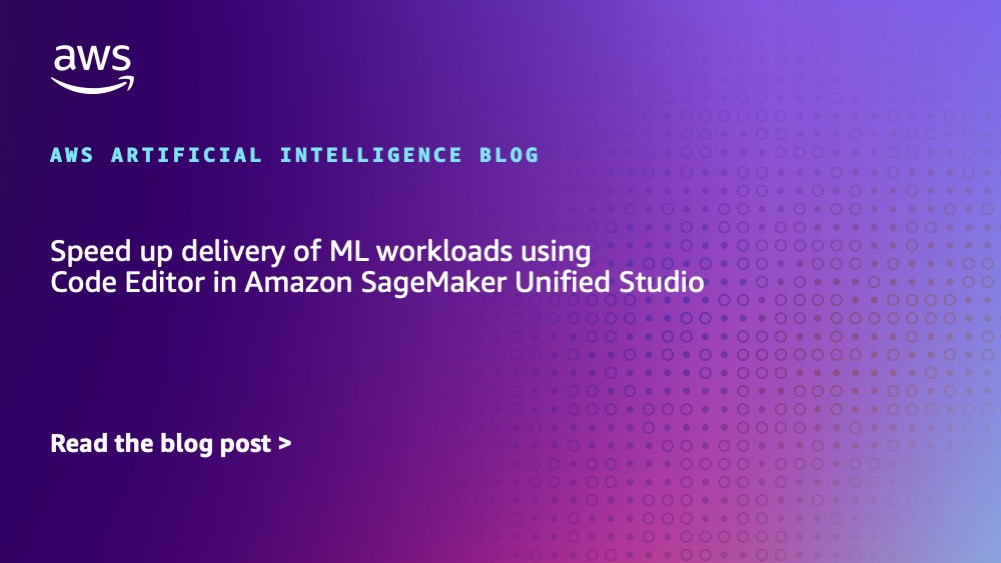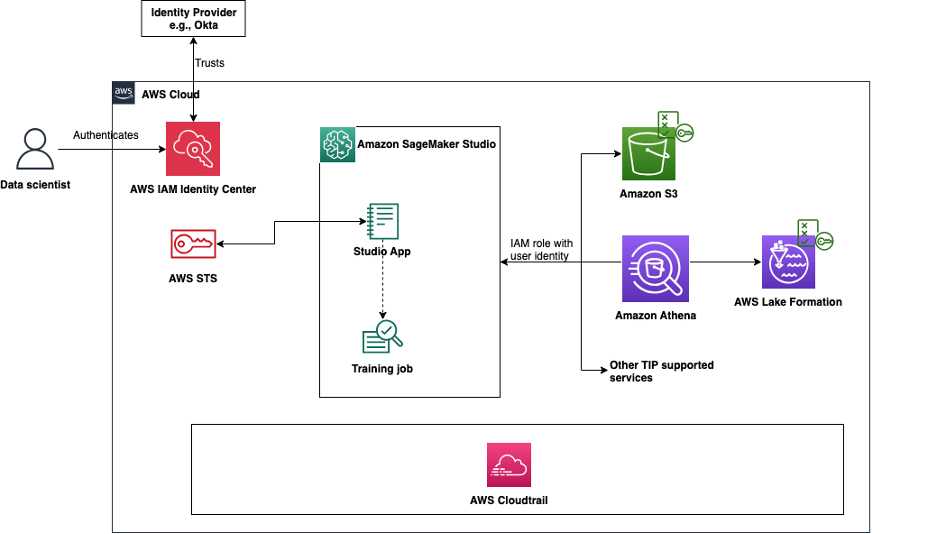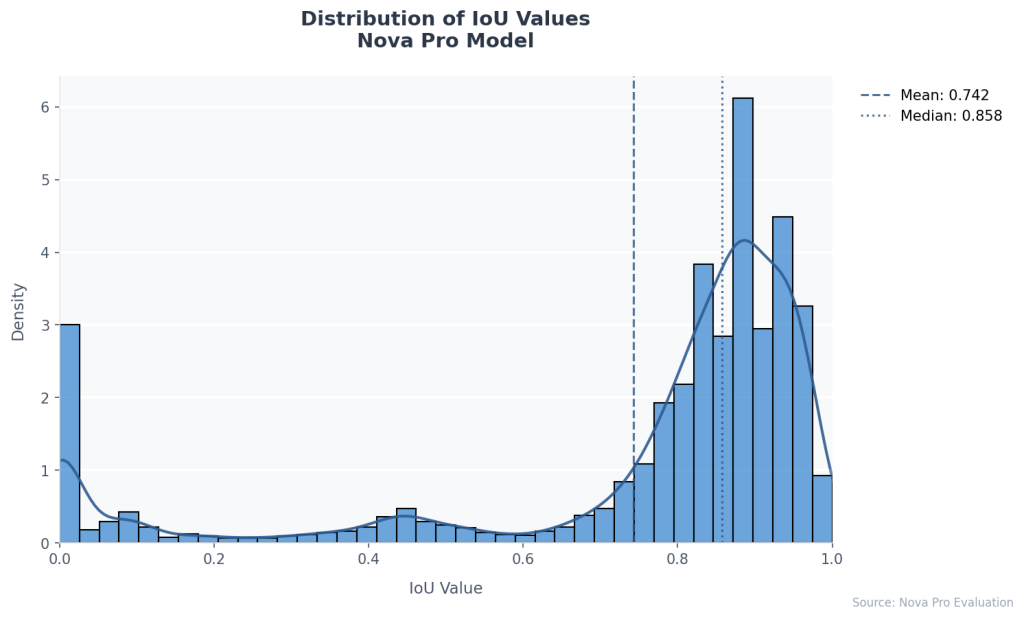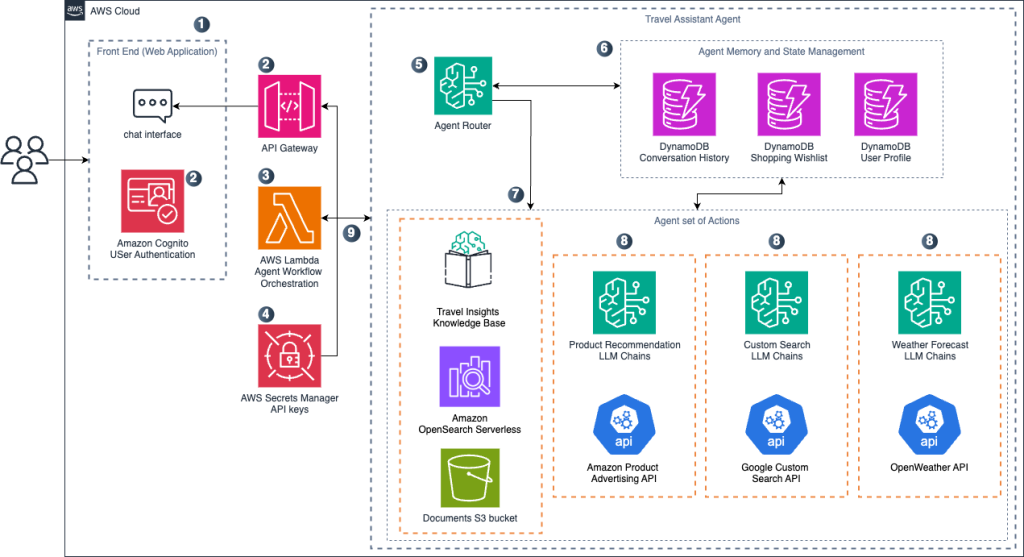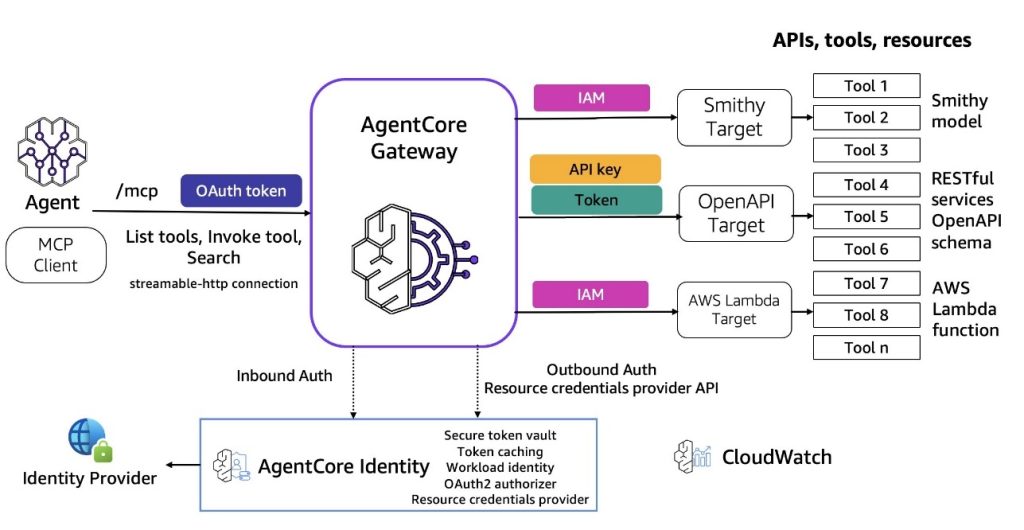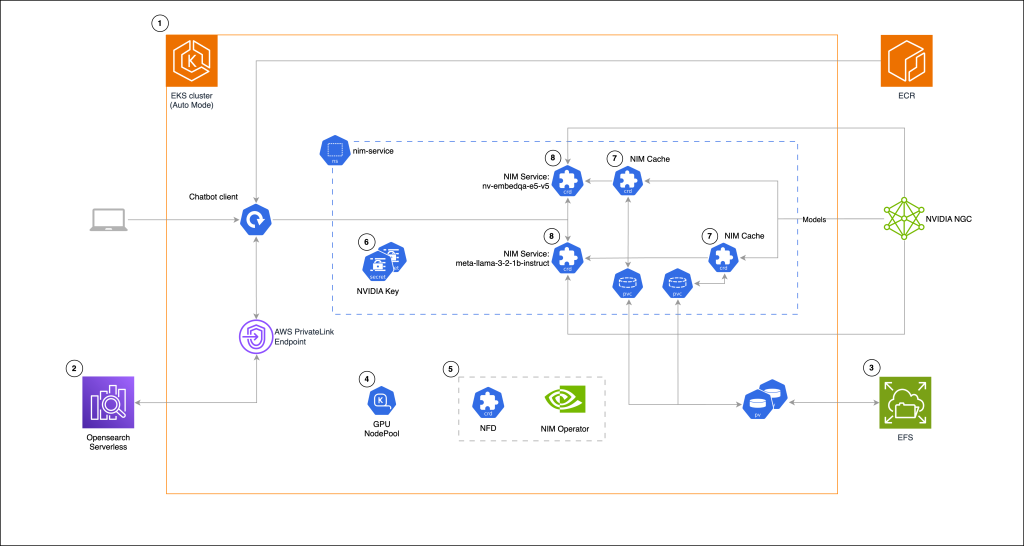Artificial Intelligence
Category: Learning Levels
Empowering air quality research with secure, ML-driven predictive analytics
In this post, we provide a data imputation solution using Amazon SageMaker AI, AWS Lambda, and AWS Step Functions. This solution is designed for environmental analysts, public health officials, and business intelligence professionals who need reliable PM2.5 data for trend analysis, reporting, and decision-making. We sourced our sample training dataset from openAFRICA. Our solution predicts PM2.5 values using time-series forecasting.
Enhance Geospatial Analysis and GIS Workflows with Amazon Bedrock Capabilities
Applying emerging technologies to the geospatial domain offers a unique opportunity to create transformative user experiences and intuitive workstreams for users and organizations to deliver on their missions and responsibilities. In this post, we explore how you can integrate existing systems with Amazon Bedrock to create new workflows to unlock efficiencies insights. This integration can benefit technical, nontechnical, and leadership roles alike.
Amazon SageMaker HyperPod enhances ML infrastructure with scalability and customizability
In this post, we introduced three features in SageMaker HyperPod that enhance scalability and customizability for ML infrastructure. Continuous provisioning offers flexible resource provisioning to help you start training and deploying your models faster and manage your cluster more efficiently. With custom AMIs, you can align your ML environments with organizational security standards and software requirements.
Speed up delivery of ML workloads using Code Editor in Amazon SageMaker Unified Studio
In this post, we walk through how you can use the new Code Editor and multiple spaces support in SageMaker Unified Studio. The sample solution shows how to develop an ML pipeline that automates the typical end-to-end ML activities to build, train, evaluate, and (optionally) deploy an ML model.
Enhance AI agents using predictive ML models with Amazon SageMaker AI and Model Context Protocol (MCP)
In this post, we demonstrate how to enhance AI agents’ capabilities by integrating predictive ML models using Amazon SageMaker AI and the MCP. By using the open source Strands Agents SDK and the flexible deployment options of SageMaker AI, developers can create sophisticated AI applications that combine conversational AI with powerful predictive analytics capabilities.
Simplify access control and auditing for Amazon SageMaker Studio using trusted identity propagation
In this post, we explore how to enable and use trusted identity propagation in Amazon SageMaker Studio, which allows organizations to simplify access management by granting permissions to existing AWS IAM Identity Center identities. The solution demonstrates how to implement fine-grained access controls based on a physical user’s identity, maintain detailed audit logs across supported AWS services, and support long-running user background sessions for training jobs.
Benchmarking document information localization with Amazon Nova
This post demonstrates how to use foundation models (FMs) in Amazon Bedrock, specifically Amazon Nova Pro, to achieve high-accuracy document field localization while dramatically simplifying implementation. We show how these models can precisely locate and interpret document fields with minimal frontend effort, reducing processing errors and manual intervention.
Create a travel planning agentic workflow with Amazon Nova
In this post, we explore how to build a travel planning solution using AI agents. The agent uses Amazon Nova, which offers an optimal balance of performance and cost compared to other commercial LLMs. By combining accurate but cost-efficient Amazon Nova models with LangGraph orchestration capabilities, we create a practical travel assistant that can handle complex planning tasks while keeping operational costs manageable for production deployments.
Introducing Amazon Bedrock AgentCore Gateway: Transforming enterprise AI agent tool development
In this post, we discuss Amazon Bedrock AgentCore Gateway, a fully managed service that revolutionizes how enterprises connect AI agents with tools and services by providing a centralized tool server with unified interface for agent-tool communication. The service offers key capabilities including Security Guard, Translation, Composition, Target extensibility, Infrastructure Manager, and Semantic Tool Selection, while implementing sophisticated dual-sided security architecture for both inbound and outbound connections.
Building a RAG chat-based assistant on Amazon EKS Auto Mode and NVIDIA NIMs
In this post, we demonstrate the implementation of a practical RAG chat-based assistant using a comprehensive stack of modern technologies. The solution uses NVIDIA NIMs for both LLM inference and text embedding services, with the NIM Operator handling their deployment and management. The architecture incorporates Amazon OpenSearch Serverless to store and query high-dimensional vector embeddings for similarity search.
